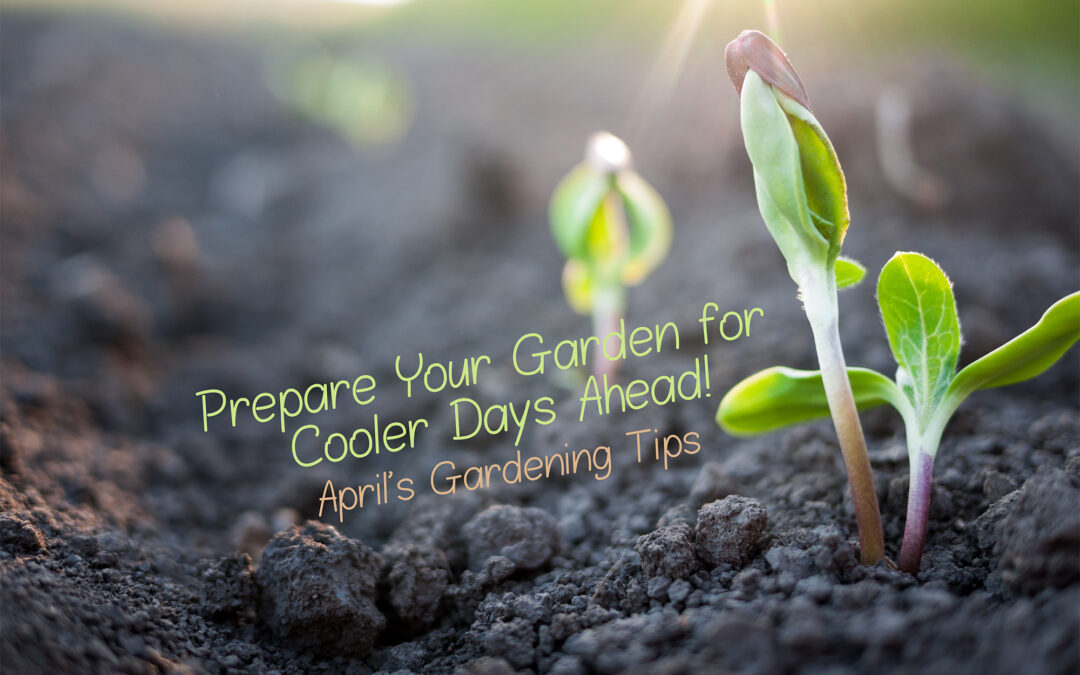April is here now and with that comes cooler weather and days are getting shorter. In anticipation of what lies ahead for us now in the garden there are a few tasks to prepare for the colder months ahead and to ensure the health and productivity of your plants:
Soil Preparation: Take this time to amend your soil, if necessary, by adding organic matter such as compost, humate or well-rotted manure. This helps improve soil structure, fertility, and drainage. By incorporating humates into your gardening practices and following proper application techniques, you can reap the benefits of improved soil fertility, enhanced plant growth, and increased crop productivity, particularly as you prepare for autumn and winter planting.
Using humates: Incorporation into Soil: there are two ways of using Daves organic humate in your garden:
- Spread the humate material evenly over the soil surface in the garden beds using 10-20 kg per 100 square metres. Use a rake or garden fork to incorporate the humates into the top few inches of soil. Water the soil thoroughly after application to help activate the humates and ensure uniform distribution or
- Mix a handful of humate (50-75 grams) in with the topsoil into a freshly prepared hole and plant as usual.
Here are just three benefits of using humate in your garden:
- Soil Structure Improvement: Humates help improve soil structure by enhancing its aggregation, which increases soil porosity and allows for better water infiltration and drainage. This improved soil structure also promotes root growth and development.
- Nutrient Retention: Humates have a high cation exchange capacity (CEC), which allows them to hold onto and release nutrients slowly over time. This helps prevent nutrient leaching and makes essential nutrients more available to plants as they need them.
- Enhanced Nutrient Uptake: Humates can chelate or bind with certain nutrients, making them more soluble and available for plant uptake. This improves the efficiency of nutrient absorption by plant roots, leading to healthier and more vigorous growth.
Pruning: Prune back any dead or diseased foliage from trees, shrubs, and perennial plants. This helps improve airflow and reduces the risk of fungal diseases.
Mulching: Apply a layer of mulch around your plants to help retain moisture in the soil, regulate soil temperature, and suppress weed growth. Use organic materials like straw, wood chips, or compost.
Planting: you can plant cool-season vegetables, herbs, and flowers suitable for autumn and winter growth. Make sure to select varieties that are well-suited to your local climate.
Protecting: If frost is a concern in your area, consider protecting tender plants with frost cloths or covers during cold nights. This can help extend the growing season for certain crops.
